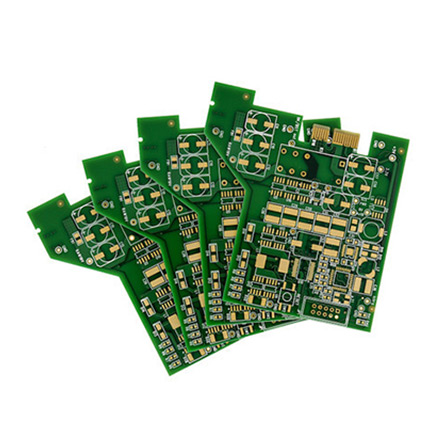

Understanding Standard Float Glass Characteristics and Applications
Float glass, also known as standard float glass, is one of the most commonly used types of glass in the construction and manufacturing industries. It is produced through a unique process that involves floating molten glass on top of molten tin, creating a flat, smooth glass surface. This process not only provides the glass with its distinctive characteristics but also influences its widespread applicability.
Production Process
The production of float glass begins with the melting of raw materials, which typically include silica sand, soda ash, and limestone, along with small quantities of other additives. The molten mixture is then poured onto a bath of molten tin, where the glass floats and spreads out, forming a continuous sheet. The floating process is crucial because it allows the glass to achieve uniform thickness and exceptional flatness without the need for further grinding or polishing.
Once the desired thickness is achieved, the glass is gradually cooled in a controlled environment through a process known as annealing. This cooling phase minimizes internal stresses within the glass, resulting in a stable and durable product. The final thickness of standard float glass typically ranges from 2mm to 25mm, catering to various application needs.
Characteristics of Standard Float Glass
Standard float glass has several key characteristics that make it a popular choice in multiple sectors. One of its most significant attributes is its excellent optical clarity. This transparency allows for unobstructed views, making it an ideal choice for windows and facades in buildings. Additionally, float glass has a high level of light transmission, enabling natural light to illuminate indoor spaces effectively.
The glass also possesses good mechanical strength and resistance to impact, although it is essential to note that it is not safety glass. As a result, it can break into sharp, dangerous shards under certain conditions, which limits its use in applications where safety is a concern. However, the strength of float glass does allow it to withstand various environmental conditions, making it well-suited for both exterior and interior applications.

Another noteworthy characteristic is its ability to be easily fabricated. Float glass can be cut, tempered, laminated, and coated to enhance its performance further. These processes add valuable features such as thermal resistance, UV protection, and aesthetic qualities. Therefore, standard float glass can be customized to meet specific functional and design needs in architecture and interior design.
Applications of Standard Float Glass
Standard float glass finds extensive use in several applications due to its desirable properties. In the construction industry, it is predominantly used for windows, storefronts, and curtain walls, contributing to the aesthetic appeal and functionality of buildings. Its ability to provide clear views while allowing natural light in makes it a preferred choice for residential and commercial spaces.
In addition to construction, float glass is also used in the automotive industry for windshields and side windows. Its clarity and optical quality ensure safe visibility while driving. Moreover, the glass can be treated or strengthened to meet the specific safety regulations required for vehicle manufacturing.
Beyond these applications, standard float glass is utilized in the manufacturing of mirrors, glass furniture, table tops, and shower doors. The versatility of float glass allows it to be incorporated into a myriad of design elements, enhancing both the functionality and aesthetics of everyday products.
Conclusion
Standard float glass is an indispensable material in modern architecture and manufacturing due to its unique properties and wide range of applications. Its combination of clarity, strength, and versatility makes it an ideal choice for various needs, from windows and facades in buildings to automotive components and decorative items. As technology continues to evolve, innovative applications of float glass are likely to emerge, further solidifying its status as a fundamental material in countless industries.